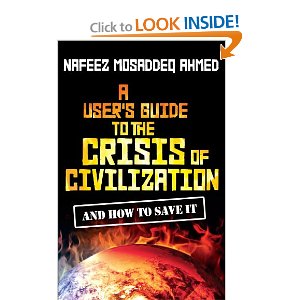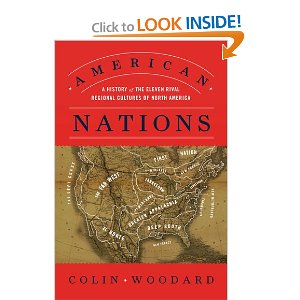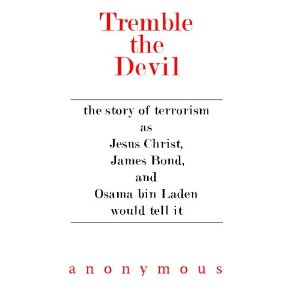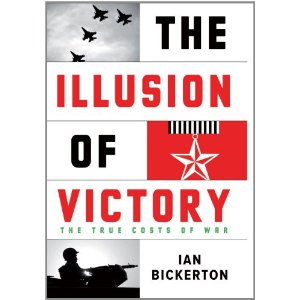
Nafeez Mosaddeq Ahmed
5.0 out of 5 stars Beyond 5 Stars – Superb Individual Effort, October 25, 2011
In its own way this book is every bit as good as such classics as The Collapse of Complex Societies (New Studies in Archaeology) or The Next Catastrophe: Reducing Our Vulnerabilities to Natural, Industrial, and Terrorist Disasters (New in Paper) and I am also reminded of Catastrophe: An Investigation into the Origins of Modern Civilization, all books I have reviewed here at Amazon, mirrored (often with material added) at Phi Beta Iota the Public Intelligence Blog.
I was tempted to keep the book at five stars because the author tip-toes around the core issue of our day, institutionalized corruption. While he opens by saying he is striving to address the “linkage between political violence and social crisis in the context of imperial social systems,” the word imperial is as close as he gets to calling out the global criminals that used to be called the elite, and their equally complicit enablers, the political class. Which reminds me of another important book, The Global Class War: How America's Bipartisan Elite Lost Our Future – and What It Will Take to Win It Back as well as the more recent Griftopia: A Story of Bankers, Politicians, and the Most Audacious Power Grab in American History.
Continue reading “Review: A User's Guide to the Crisis of Civilisation – And How to Save it”







